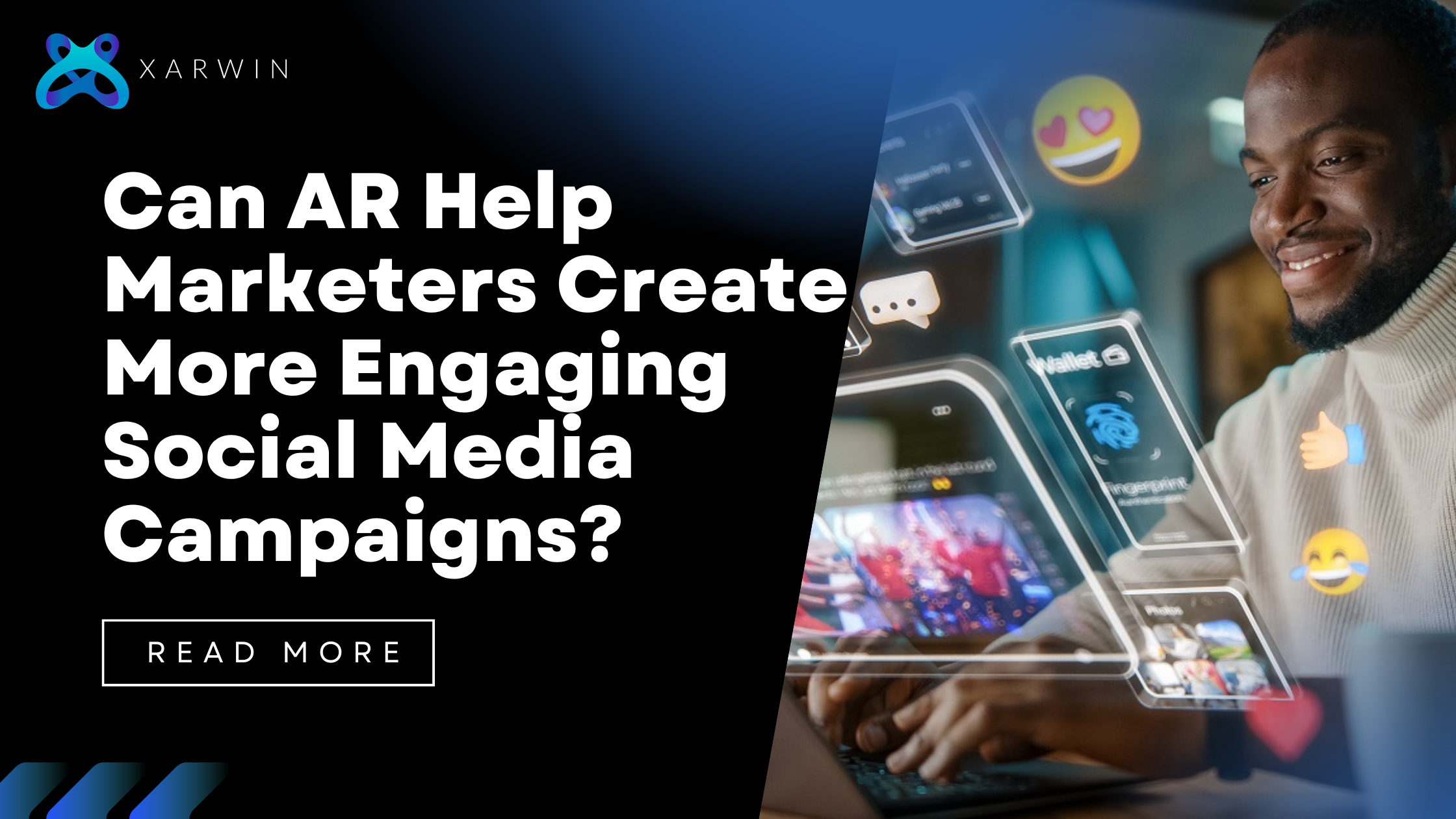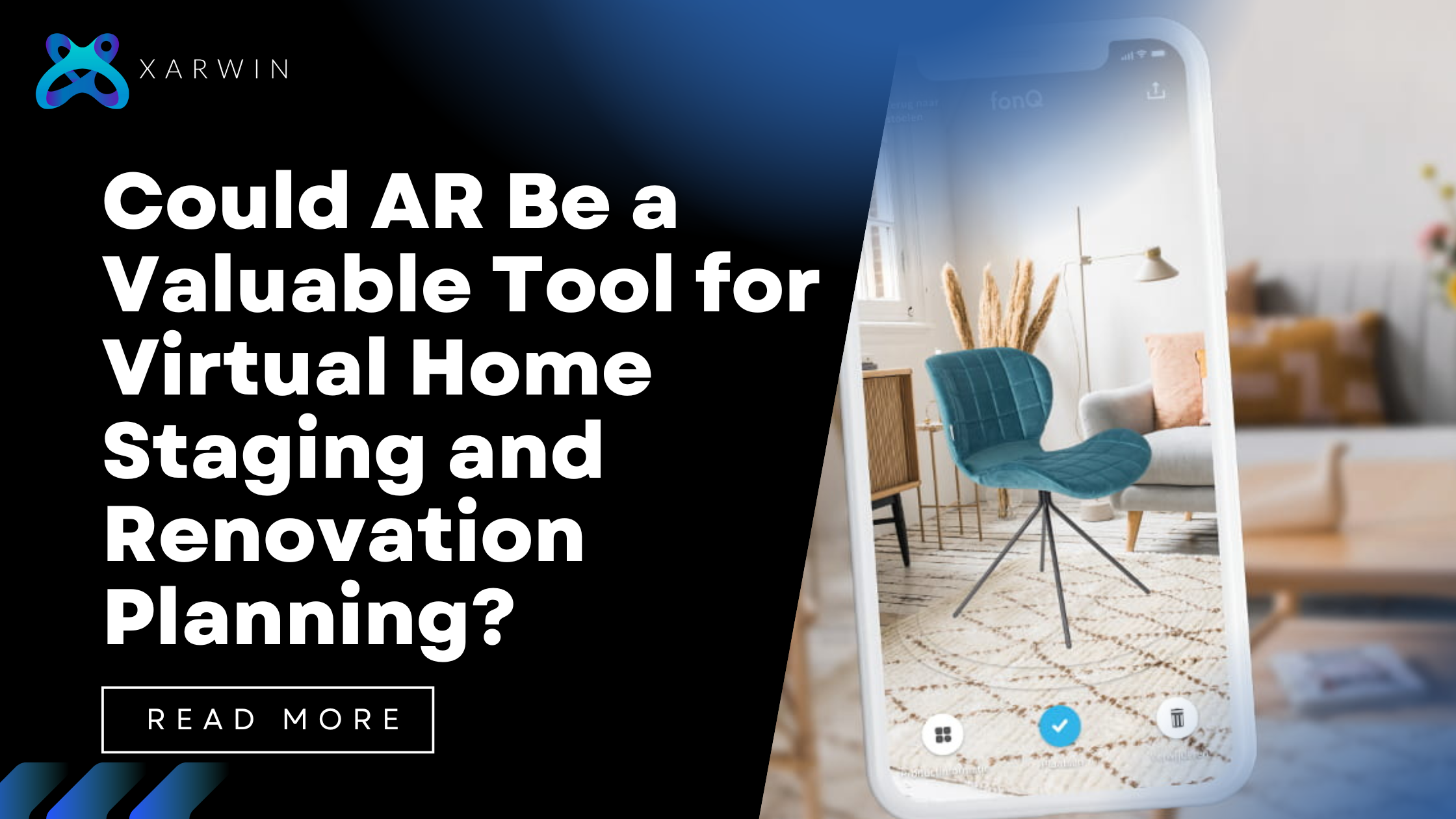By integrating location-based promotions, AR allows marketers to bring in new opportunities for immersive and relevant campaigns that would wow their target audience. In today’s blog, we are going to see how marketers should use AR for effective location-based promotions.
Power of Location-Based Promotions
Location-based promotions borrow the concept of being physically close to consumers and businesses’ sites in a geographic location for effective outreach through marketing messages or offers. With the aid of GPS or beacon technology, marketers can pinpoint when a consumer is close to specific locations and therefore transmit suitable content or promotions directly via mobile devices. This individual approach not only increases engagement but also advances foot traffic and grows sales from the merchant’s point of view.
Enhancing Promotions with AR
Now, let’s explore how marketers can integrate AR into their location-based promotions to create memorable and impactful experiences for consumers.
1. Interactive Experiences:
AR allows marketers to create physically immersive and digitally enriching integrated experiences. For instance, a retail store could employ AR to make virtual product demonstrations or user reviews appear over physical products when customers scan them with mobile phones. This creates not only a comprehensive but also an amounting form of consumer education and uptake.
2. Geo-Targeted AR Content:
With the aid of GPS data, marketers can provide AR content that is specific to each location. For instance, a restaurant can incorporate AR in developing scavenger hunt games where customers are required to visit various landmarks within the area to unlock special discounts or prizes. This not only boosts customer engagement but also builds momentum and creates activity.
3. Virtual Try-Ons:
AR can change the very mechanism of product trials for consumers in industries such as fashion and cosmetics. Designers and marketers can create AR apps that enable their clients to try on clothing, accessories, or makeup products virtually right from inside their smartphones. Not only does this improve online shopping, but it also eliminates the physical inventory requirement making it a win for both business and consumers.
4. Location-Specific Information:
Information about the environment that AR can bring to users when it is used in real time will be valuable. For instance, a tourist body could adopt AR technology to show historical information and landmarks for more engrossing and enriching intelligence in the formulation right on top attraction sites. Just like retailers, such AR can generate product information, reviews, and advertisements that appear directly on the store shelves, increasing the usability of shopping for customers.
5. User-Generated Content:
Activating user-generated content is an effective means through which community engagement and brand advocacy can be facilitated. So marketers, using end-user locations, can offer AR filters or lenses that allow users to overlay branded elements on top of their pictures or videos when they are present in a particular place. This not only reinforces social sharing but also widens the audience of this promotion.
Case Studies of AR in Location-Based Promotion
To illustrate the effectiveness of AR in location-based promotions, let’s look at a few real-world examples:
1. Pokémon GO:
Pokémon GO is one of the best Augmented Reality games in terms of engagement. It makes use of technology that uses location and encourages players to explore their environment as they capture virtual creatures on a map, which changes throughout playtime. The game provided groundbreaking AR and it not only resulted in millions of downloads but also encouraged lots more people to generate as well as visit physical places like stores or parks that served this intention within the in-game dynamics.
2. IKEA Place:
IKEA Place is an AR app that helps users impart a sense of what furniture would look like in their homes before buying it. Through AR technology, IKEA gives consumers the ultimate shopping experience that increases sales both online and in-store.
3. Snapchat Geofilters:
Concerning the Snapchat app, location-based AR filters or filters can be layered on top of users’ pictures and videos when they visit designated spawn points. Companies can make personalized filters to announce events, locations, or even products, reaching Snapchat users who are in the hundreds of thousands, thereby increasing user engagement.
Conclusion
Finally, Augmented Reality provides remarkable opportunities to marketers develop location-based promotions and promoting experiences that connect with consumers. By harnessing the capabilities of AR technology, marketers can successfully use personalized and interactive content that boosts engagement levels leading to increased foot traffic numbers and a bonanza in sales.
Whether it’s through immersive interactions, geo-targeted content, virtual tryouts, location-specific info, or user-generated recordings, the innovative change in business indicates that augmented reality may. As AR continues to evolve, marketers who embrace this innovative technology will be well-positioned to stay ahead of the curve and drive meaningful results for their brands.
As a trailblazer in augmented reality (AR), Xarwin combines innovation with a user-centric approach to redefine industry standards. Its team of expert engineers, designers, and strategists excels in crafting immersive AR experiences across various sectors. With each project, the company not only meets current demands but also shapes future trends, establishing itself as a leading force in the AR landscape.




